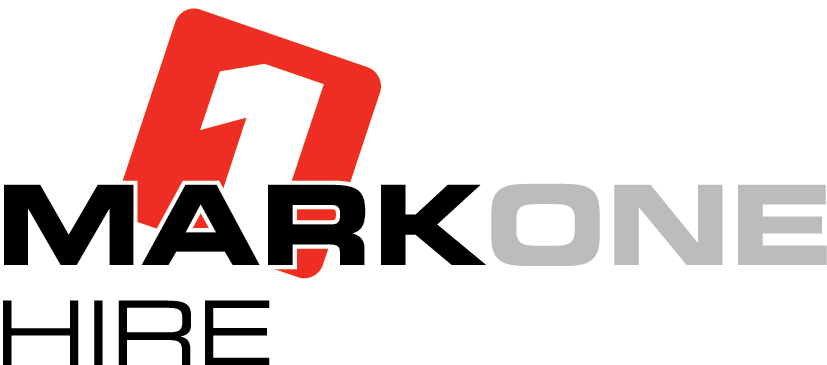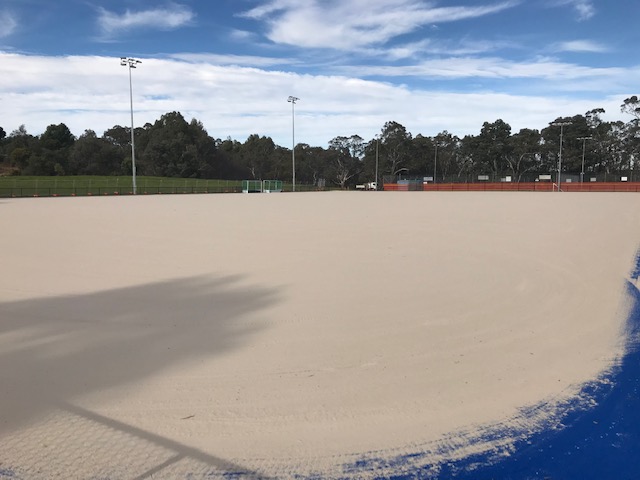Information
-
Document No.
-
Audit Title
-
Client / Site
-
Conducted on
-
Prepared by
-
Location
-
Personnel
Policy
-
Does the school/directorate have a written health and safety policy?
-
Signature/authorisation of head of school/directorate
-
Safety intentions and objectives
-
Organisation setting out safety responsibilities of named staff
-
Arrangements/procedures for compliance
-
Responsibility for monitoring
-
Comments
-
Is the policy periodically reviewed?
-
Comments
-
Is the policy supported by written arrangements for its implementation?
-
Policy refers to specific arrangements
-
Arrangements are authorised
-
Written arrangements are produced and valid for the work being done
-
Comments
-
Is the policy supported by a suitable management organisation
-
Names of responsible persons
-
Organisation reflects current staff names
-
Formalises responsibilities
-
Formalises accountabilities and reporting lines
-
Describes tasks and functions to be undertaken
-
Performance is part of review
-
Identifies those with advisory functions
-
Formalises the functions of a safety committee reporting to management
-
Comments
-
Is the policy readily available to staff and students
-
Most staff and students are aware of the policy
-
Most staff and students have an up to date copy of the policy
-
Comments
Organisation
-
Does the organisation reflect the school/directorate management structure? View and confirm organisation charts with health and safety responsibilities
-
Safety is a primary management function
-
Safety is integral with the management role
-
Comments
-
Are the roles of managers within the organisation understood? View and confirm by questions that managers understand their safety responsibilities
-
Most managers (+60%) demonstrate they understand
-
Most managers (+60%) know what tasks and functions they are required to perform
-
Most managers (+60%) know their safety performance is subject to appraisal
-
Most managers (+60%) have received formal training in safety management
-
Comments
-
Are managerial responsibilities formalised in job descriptions? View and confirm by questions that generic job descriptions include safety responsibilities
-
Responsibilities are made clear on appointment
-
Responsibilities are redefined if the job changes
-
Comments
-
How does management measure safety performance? View and confirm a process for measuring the effective implementation of policies and procedures
-
Standards or KPIs have been agreed and communicated
-
The KPIs are measurable
-
The plan includes a timetable with with intermediate and /or completions dates
-
The plan has been communicated to all managers
-
The plan has been resourced
-
Management receives regular safety reports from safety officers and/or safety committee
-
Those reports are used to update the plan as necessary
-
Comments
-
Does the school/directorate management have a reporting and learning culture? View and confirm by discussion a process to create a safety learning culture
-
Staff and students are required and encouraged to report accidents, incidents and near-misses
-
Reports are encouraged to identify defects and deficiencies in school/directorate organisations and arrangements
-
There is a no fault culture to encourage reporting
-
Each report is logged and followed up by nominated persons to recommend remedial options for improvement
-
Each incident is investigated
-
Management receives and acts upon recommendations
-
Improvements are made
-
Comments
-
How are advisory responsibility assigned? View and confirm arrangements for the appointment of safety officers etc
-
Appointments are made in writing
-
Advisory responsibilities and activities / areas are made clear and understood
-
Delegated authority is made clear and is understood
-
Sufficient time is allowed for the role
-
A clear reporting line to management is in place
-
Have received formal training in safety
-
Comments
-
Does the school/directorate have a safety committee
-
The safety committee has a clearly defined role
-
Terms of reference
-
Role emphasises and advisory and monitoring function
-
The role is understood by its members
-
The committee is chaired by a senior manager
-
The committee meets regularly (at least twice a year)
-
Its papers, minutes and recommendations are communicated to management
-
It includes representatives from all sections and staff groups
-
It makes clear and consistent recommendations for management action
-
It reports directly to the head of school or the executive committee
-
It monitors safety performance and advises the head of school at least annually
-
It receives and comments on self inspection reports
-
It receives and comments on incident reports and investigations to prevent recurrences
-
Comments
Competence
-
How are staff and students trained in their safety responsibilities and procedures
-
There is a procedure to identify individual safety training or qualification needs
-
Training needs and timetables are agreed and the training is provided
-
All staff receive safety induction training within 10 days of appointment
-
Students receive appropriate safety induction (annually or on a course by course basis)
-
Staff receive further training if their job and/or responsibilities change significantly
-
Managers and supervisors receive safety training
-
Safety committee members and those with advisory safety function receive training
-
Training includes legal duties, college and school requirements, procedures and standards
-
Training is provided for risk managers and assessor a
-
Training is provided for those involved in self inspection
-
The effectiveness of safety training is monitored
-
Records of staff training are maintained
-
Comments
Planning
-
Does the school have a safety plan?
-
A plan exists and sets out specific targets
-
The plan is integral with business plans
-
The plan identifies specific, measurable, achievable objectives
-
There is an emergency plan for managing foreseeable incidents to mitigate damage
-
There is a business or recovery plan to facilitate return to normal operations
-
Is there a timetable for delivering the plan?
-
Responsibility for delivering the plan is assigned to named individuals
-
Individual performance is monitored to measure progress
-
Comments
-
Is there a formal self inspection programme?
-
The programme of self inspections is agreed and communicated to managers and advisory persons
-
Planned frequency of inspections is according to risk levels
-
Inspections are based on systematic checklists
-
Inspections are undertaken by appropriately trained persons
-
Senior management participate in the inspections
-
Inspection reports are agreed and signed off by appropriate manager
-
Deficiencies are corrected by management in a timely manner
-
The adequacy of the inspection programme is monitored by the safety committee
-
Comments
-
How are staff consulted on safety issues?
-
A consultation procedure is authorised by the head of school and responsibility for its delivery assigned
-
Safety information is actively publicised
-
Safety committee papers are made widely available
-
Dedicated web pages or intranet that a provide information are kept updated
-
Lessons from accident investigations and self inspections are widely communicated
-
The views of staff are sought in drawing up safety arrangements, eg for training
-
Relevant staff are consulted during risk assessment process
-
All documents except those of a personal nature relating to safety are made available upon request
-
Third party safety reports, except of a personal nature, are made available to safety committee members or to all staff
-
Staff know to whom they should report defects or deficiencies in safety standards or procedures
-
Staff know what to do in the event of an emergency
-
Comments
Arrangements
-
Have the school's activities, functions or processes been subject to risk assessment? View and confirm a selection of risk assessments for selected areas and activities. <br>Most (+60%) risk assessments:
-
Identify and list all the hazards
-
Identify unusually hazardous activities
-
Evaluate likelihood and consequences of harm
-
Identify persons at risk
-
Identify persons at special risk
-
Identify activities that may affect the general public
-
Identify risk controls and safe working practices
-
Identify emergency procedures for foreseeable incidents
-
Persons involved with activities are consulted
-
Findings are recorded
-
Findings are provided to operators
-
Assessments are reviewed and updated
-
Are consistent with written codes or procedures for the activity
-
Classify the level of residual risk
-
Are included In a school risk register
-
Are completed by competent risk assessors
-
Are signed off appropriate risk managers
-
Comments
-
Have appropriate hazard controls been identified and implemented?
-
Controls are appropriate to the nature and level of risk
-
Controls are listed in the risk assessment
-
Controls reflect the hierarchy of prevention, protection and mitigation
-
Controls are not solely dependent on personal protective equipment
-
Staff and students are trained in the proper use of controls
-
Controls are described in written local codes or practice or safe working procedures
-
Staff and students comply with controls
-
Comments
-
How are hazard controls maintained
-
Engineering controls are maintained, examined and tested at required intervals
-
Records of maintenance, inspection and testing are kept
-
Engineering controls function effectively
-
Engineering controls comply with relevant BS














